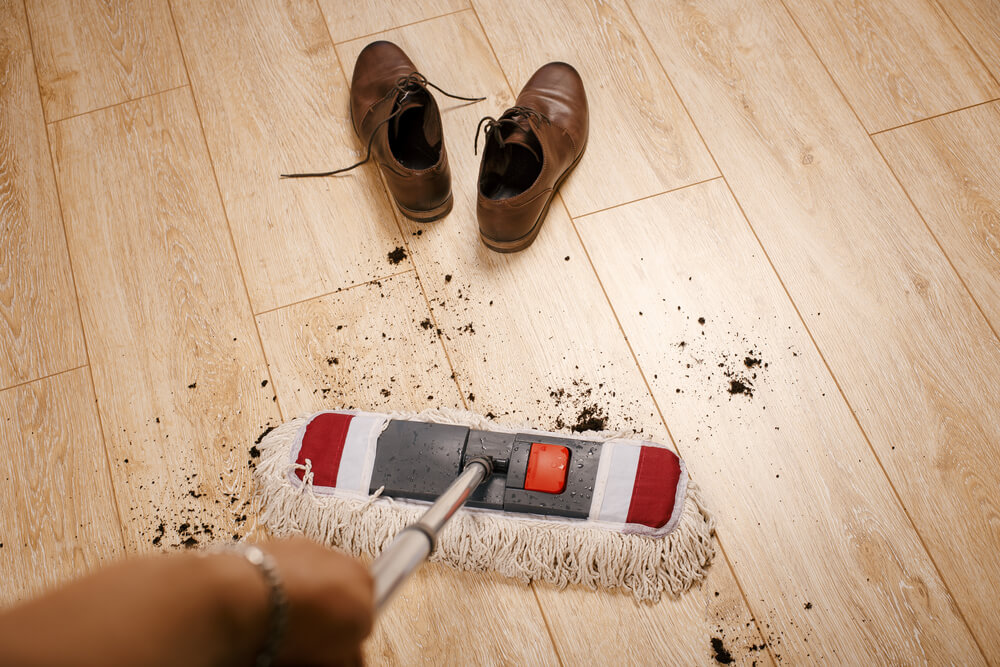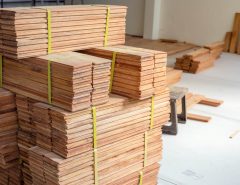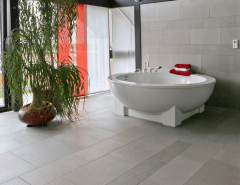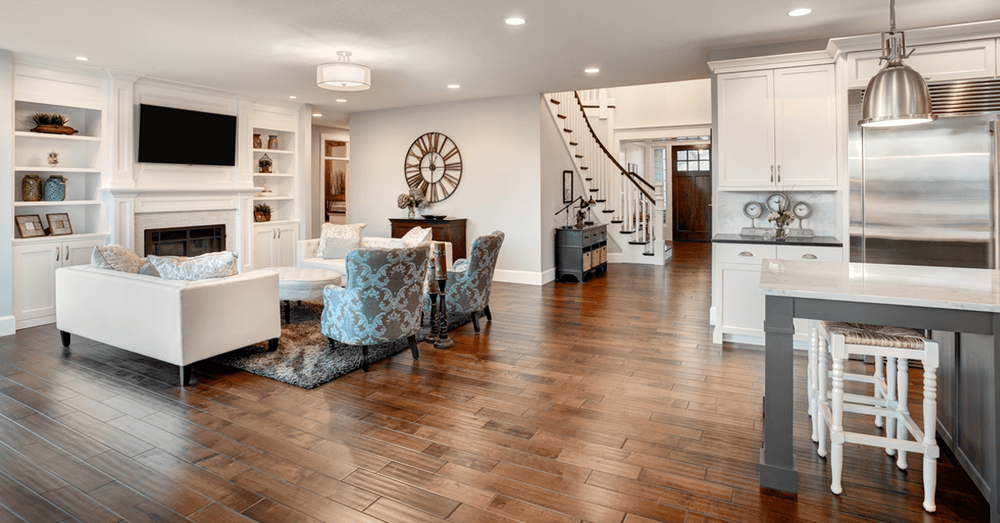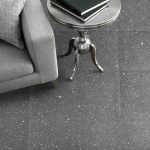 With the recent upswing in the popularity of do it yourself approaches to home repair, redecoration, and renovation, more people have begun to consider laminate flooring as an option for their homes. The question of what is the best laminate flooring quickly rises to the surface in discussions about flooring, as many advertisers would have you think that there is a “best” to begin with. However, the truth of the matter is that the best laminate flooring depends much more on your budget and application than on a particular brand name. As a result, his article will discuss how to decide what the best laminate flooring is for your needs.
With the recent upswing in the popularity of do it yourself approaches to home repair, redecoration, and renovation, more people have begun to consider laminate flooring as an option for their homes. The question of what is the best laminate flooring quickly rises to the surface in discussions about flooring, as many advertisers would have you think that there is a “best” to begin with. However, the truth of the matter is that the best laminate flooring depends much more on your budget and application than on a particular brand name. As a result, his article will discuss how to decide what the best laminate flooring is for your needs.
The advantages of laminate floors are easy to see; they are relatively simple to keep clean, and are usually quite cheap in comparison to real hard wood floors. However, they also usually offer the advantage of being hard wearing, which means that they are potentially likely to last longer than real wooden floors, although this will depend on the kind of laminate you choose as well as on the kind of wood you would choose against it.
Regardless of whether you are considering wooden or laminate floors, what is clear is that these days, more people than ever are interested in the idea of wood or wood like flooring somewhere in their homes. It just looks attractive and carries an air of class, elegance, and simplicity. However, the longstanding problem with hard wood floors has always been the amount of money they cost. Besides the initial cost of purchasing hard wood floors, there is also a significant amount of work involved with installing such floors, not to mention with choosing your wood to begin with.
However, today, laminate flooring is an option. The laminates made today by machines are engineered to specific design standards so you can be sure that your floor will look professional even if you put it together on your own through do it yourself techniques. Almost all laminate floors on the market these days will remain true relative to the initial flooring surface, no matter whether you are looking for stone, tile, real wood, or a variety of other realistic surfacing finishes. As a result, you might have a difficult time choosing the right laminate flooring for you.
Laminate flooring has become very popular around the world, and particularly in the United States as well as in the United Kingdom. The majority of laminate floor finishes will be treated with some kind of low sheen finish so the surface will be protected from general wear and tear as well as from general scratches.
When you begin to choose laminate flooring for your home, you should always check with your flooring retailer to inform yourself about any warranties that accompany the floor. The majority of warranties you come across will last for 10 years, but it is possible to find longer or shorter warranties in some cases.
Additionally, if you are planning on fitting your laminate floor on your own, you should check with your flooring retailer to learn if any special conditions exist with regard to the warranty so your coverage does not change simply because you installed the floors on your own. In some cases, you might have trouble working through the fine print, so you can ask the staff to go through it with you on paper, so you are less likely to miss any terms and conditions.
When deciding on the best laminate floors, think about the kind and amount of traffic your floor will have to deal with and reevaluate your budget to make sure you are adequately prepared. If you buy a cheaper laminate floor, for example, you might save money up front, but the floor might not wear well if it is installed in an area faced with high traffic, such as a major hallway or a space close to an entry or an exit. If you end up buying cheaper flooring for an area of high traffic, you should be ready for wear to appear within 3 to 5 years, which is less time than you would find if you used a higher priced and higher quality floor.


